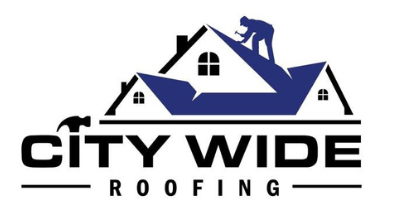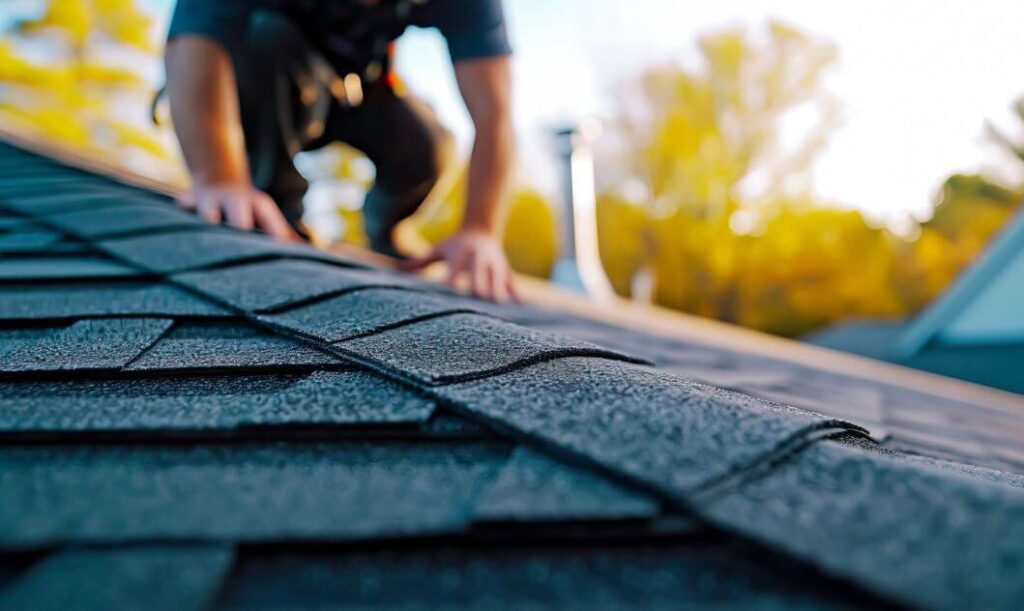In the realm of construction and home improvement, the process of roof installation stands as a critical, yet complex task. The intricacies involved in this process can be daunting to both the novice builder and the seasoned professional alike.
However, with a meticulous, step-by-step approach, this task can be transformed into a manageable endeavor.
In the following discourse, we will systematically unpack the various stages of roof installation, starting from understanding roofing materials to executing the process itself. By the end, one would have a comprehensive understanding of the process, but more importantly, the confidence to tackle roof installation projects with finesse.
Why, you might ask? Stay tuned to grasp the importance of mastering this skill in the construction industry.
Understanding Roofing Materials
Often overlooked, the choice of roofing materials plays a critical role in the overall functionality and aesthetic appeal of any building project. As professionals in the field, we must comprehend the unique attributes and advantages of different materials to make informed decisions, giving our clients the quality and durability they deserve.
Among the various options, asphalt shingles are a prevalent choice due to their cost-effectiveness and ease of installation. They offer a decent lifespan and come in a spectrum of colors to suit any architectural style. On the other hand, metal roofing, although more costly upfront, provides superior longevity and resistance to harsh weather, making it an investment-worthy option for long-term projects.
Clay and concrete tiles add a distinctive touch of elegance, while also providing excellent durability and fire resistance. However, their weight necessitates strong structural support. Wood shakes, though less commonly used, provide a rustic appeal and good insulation, but require diligent maintenance.
Understanding the properties, pros, and cons of each material is integral to our professional competence. By doing so, we can foster a sense of belonging among our clients, ensuring their needs are met and expectations exceeded. It’s not just about roofs, it’s about creating homes.
Executing the Roof Installation Process
Having broadened our understanding of various roofing materials and their unique characteristics, it is imperative to elucidate the actual process of roof installation—an intricate procedure that requires both technical knowledge and practical skills.
The first step involves conducting a comprehensive assessment of the existing roof structure to identify any potential issues that might affect the installation process. The next phase entails preparing the roof deck, ensuring it is clear of debris, and installing the underlayment, a critical component that provides an extra layer of protection against water penetration.
Subsequently, it’s time to install the drip edge, which guides water away from the fascia and into the gutters. Then, the actual installation of the roofing material commences. This process varies based on the particular material being used—whether asphalt shingles, metal panels, or tiles. The final steps involve the installation of the ridge vent and flashing, which help to regulate temperature and prevent leaks, respectively.
Throughout the entire installation process, safety measures should be upheld strictly. These include the use of safety harnesses and ensuring the workspace is adequately secured to prevent accidents. Each step is critical in ensuring the longevity of the roof, providing you with peace of mind knowing your investment is well-protected.
Top Picks: Selecting Roofing Materials for Your Roof Installation
Setting the Stage: Pre-Installation Steps for Successful Roof Installation


